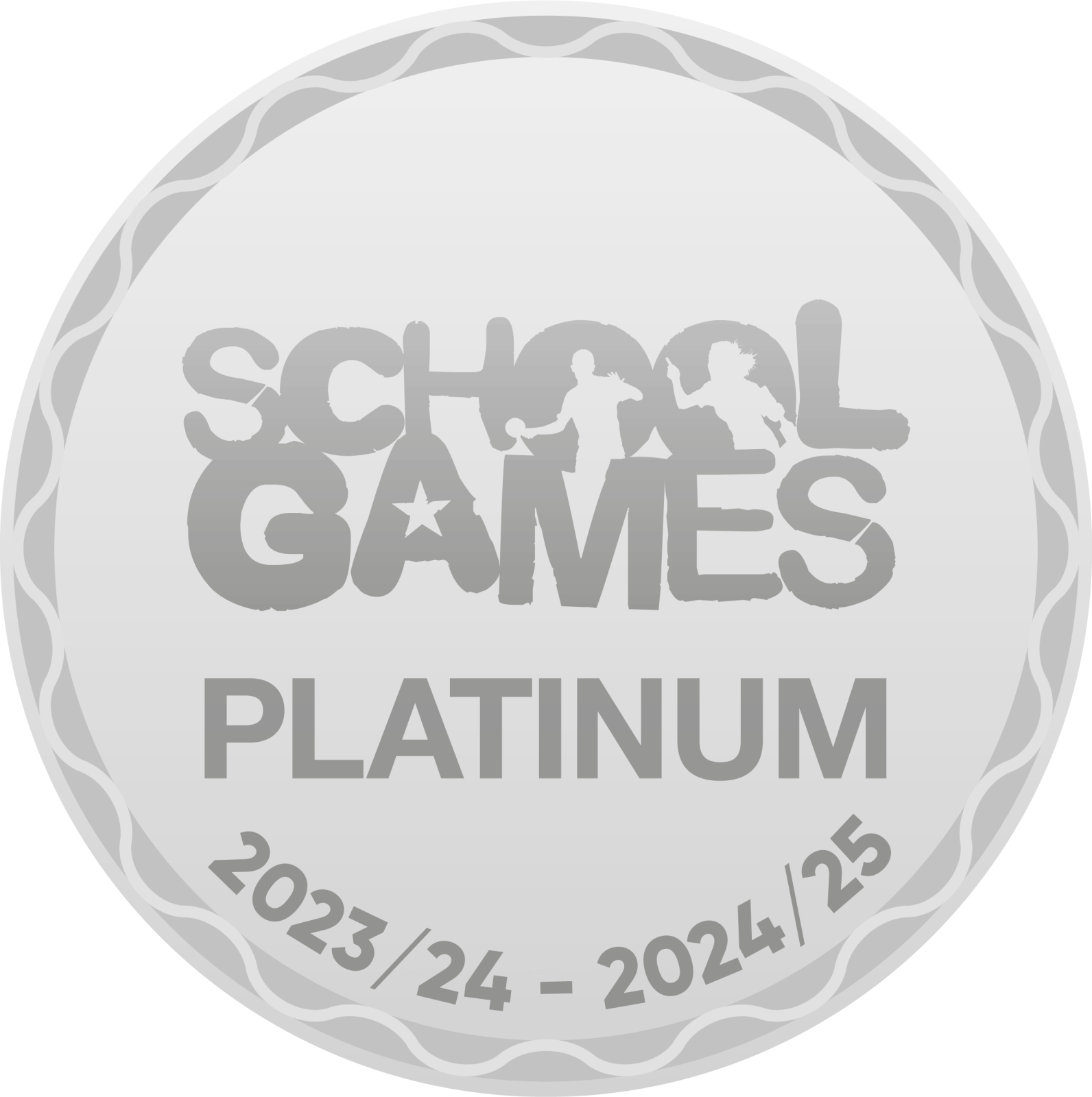Wellbeing
Well-being Information and Resources
At Thomas A Becket Juniors we understand the importance of working in partnership with our families and this is key when supporting the wellbeing of our children. We hope you find the information and links on this page a useful resource to support you as parents and carers now and in the future. Please remember to be mindful that we have endeavoured to check all the suggested websites but there are many links within them and checking them all would be impractical and impossible. We trust that our parents and carers are best placed to decide what they feel is appropriate for their child's needs.
Parent Information: The Zones of Regulation
What is ‘The Zones of Regulation’?
The Zones of Regulation is a comprehensive framework designed to help children understand and manage their emotions, thoughts, and behaviours. This program categorises emotions into four colour-coded zones, making it easier for children to identify their feelings and learn self-regulation strategies.
The Four Zones:
- Blue Zone: This zone represents low energy and feelings of sadness, boredom, or fatigue. Children might feel down or have a lack of motivation.
- Green Zone: This is the ideal zone where children feel calm, happy, and focused. They are ready to learn and engage positively with others.
- Yellow Zone: In this zone, children may feel anxious, excited, or frustrated. While they are still in control, their emotions are heightened, and they might need some strategies to help manage their feelings.
- Red Zone: This zone is for intense emotions such as anger, terror, or overwhelming excitement. Children may lose control and act out in this state, making it essential to find ways to return to a more regulated state.
How does The Zones of Regulation Help Children?
- Emotional Awareness: The Zones of Regulation encourages children to recognize and label their emotions. By understanding which zone they are in, children can become more aware of their feelings and how those feelings affect their behaviour.
- Self-Regulation Strategies: The program teaches children practical tools and techniques to move from one zone to another. For example, they might learn breathing exercises, take a break, or use calming visuals to help them return to the Green Zone.
- Improved Social Skills: By learning to recognize their own emotions and those of others, children enhance their empathy and social interactions. This understanding helps them communicate their needs more effectively and respond to peers in constructive ways.
- Problem-Solving Skills: The program encourages children to think critically about their feelings and actions. They learn to identify triggers and develop personalised strategies for managing difficult situations.
- Positive Behaviour: As children become more skilled in regulating their emotions, they are likely to demonstrate improved behaviour in school and at home, leading to a more harmonious environment.
Supporting Your Child at Home:
To reinforce the lessons from The Zones of Regulation, consider the following strategies:
- Discuss Emotions: Regularly talk about feelings and what zone your child might be in during different situations. Use the colour zones to help frame these conversations.
- Practice Strategies Together: Work with your child to discuss what strategies are in their toolkit at school. You could create a list of calming strategies they can use when they identify themselves in the Yellow or Red Zones when at home.
- Model Emotional Regulation: Share your own feelings and how you manage them. Demonstrating healthy coping mechanisms sets a powerful example.
- Create a Calm-Down Space: Set up a designated area in your home where your child can go to calm down and regroup when needed. You can ask your child’s teacher for a copy of their toolkit which could be placed in this area for easy access.
The Zones of Regulation is a valuable program that equips children with essential life skills for emotional intelligence and self-regulation. By supporting your child’s journey through this program, you are helping them build a foundation for a successful and emotionally balanced life.
If you would like any more strategies and tools to help your child at home, please have a look on their Google Classroom in the ‘Wellbeing’ section within classwork. Here you will find links, activities and specific Zones of Regulation tool cards that your child is familiar with.
Useful Resources, Information and Web Links
We have a commitment to wellbeing at TAB and have, for some time, used the ‘Five ways to Wellbeing’ ethos to improve outcomes for our whole community. You may already be aware of this but if not here is a good place to start.
NHS 5 steps to mental wellbeing
We understand there are times when parents and carers need some more specific information to help the children manage their feelings and emotions.
Phrases for Calming Anxious Children
Self-harm
As a school we are also aware that some primary school children will self-harm, we are aware that this can be quite shocking for parents/carers to discover. West Sussex has invested in training and advice for professionals and within this advice is the document below.
self-harm-resources-for-parents carers
Understanding Self-Harm
YMCA DownsLink Group and West Sussex Mind are working in partnership to form the Self-Harm Learning Network - a new initiative to help children and young people who are at risk of self-harming. The network provides inclusive training for parents and professionals, focus groups with young people, and a range of helpful resources (below) to support youth mental health and self-harm. The resources offer practical tools, advice, and guidance for parents and carers, teachers, and healthcare professionals.
Some Book Recommendations
Starving the Anxiety Gremlin 5-9 (Kate Collins-Donnelly) older version also available
Starving the Anger Gremlin 5-9 (Kate Collins-Donnelly) older version also available
The Huge Bag of Worries (Virginia Ironside) - younger children
What to Do When You Worry Too Much (Dawn Huebner PHD)
What to Do When Your Temper Flares (Dawn Huebner PHD)
Help I’ve got an Alarm Bell Going Off in my Head (K.L Aspden)- older children- particularly those who have experienced trauma/ have pronounced anxiety
The Invisible String (Patrice Karst) - for young children who may be missing contact with significant people in their lives.
Beyond Toddlerdom (Dr Christopher Green) - has some short, practical advice sections on sibling conflict and routines
CAMHS (Child and Adolescent Mental Health Service) Resources
A site created for young people, carers and professionals to pool together resources from across the internet that are available to help support your mental health and wellbeing. There is a collection of downloadable self-help guides, websites, Apps (some chargeable), videos and recommended books.
https://www.camhs-resources.co.uk/
Bereavement Support
There are times in children’s lives where someone they love dies, many children are able to manage during this time with nurturing support from school. However, they need extra support to manage their emotions. Please talk to us during these times we can then offer advice and signpost to specialist support. Below is a short animation that can help those bereaved to understand grief and how to manage it and some useful websites.
Useful Resources, Information and Web Links for Home Learning
Here is some information that although were created for home learning during the pandemic have strategies that support parents with homework.
support-stretegies-for-home-learning.pdf
helping-home-learning-reading-with-trust.pdf












